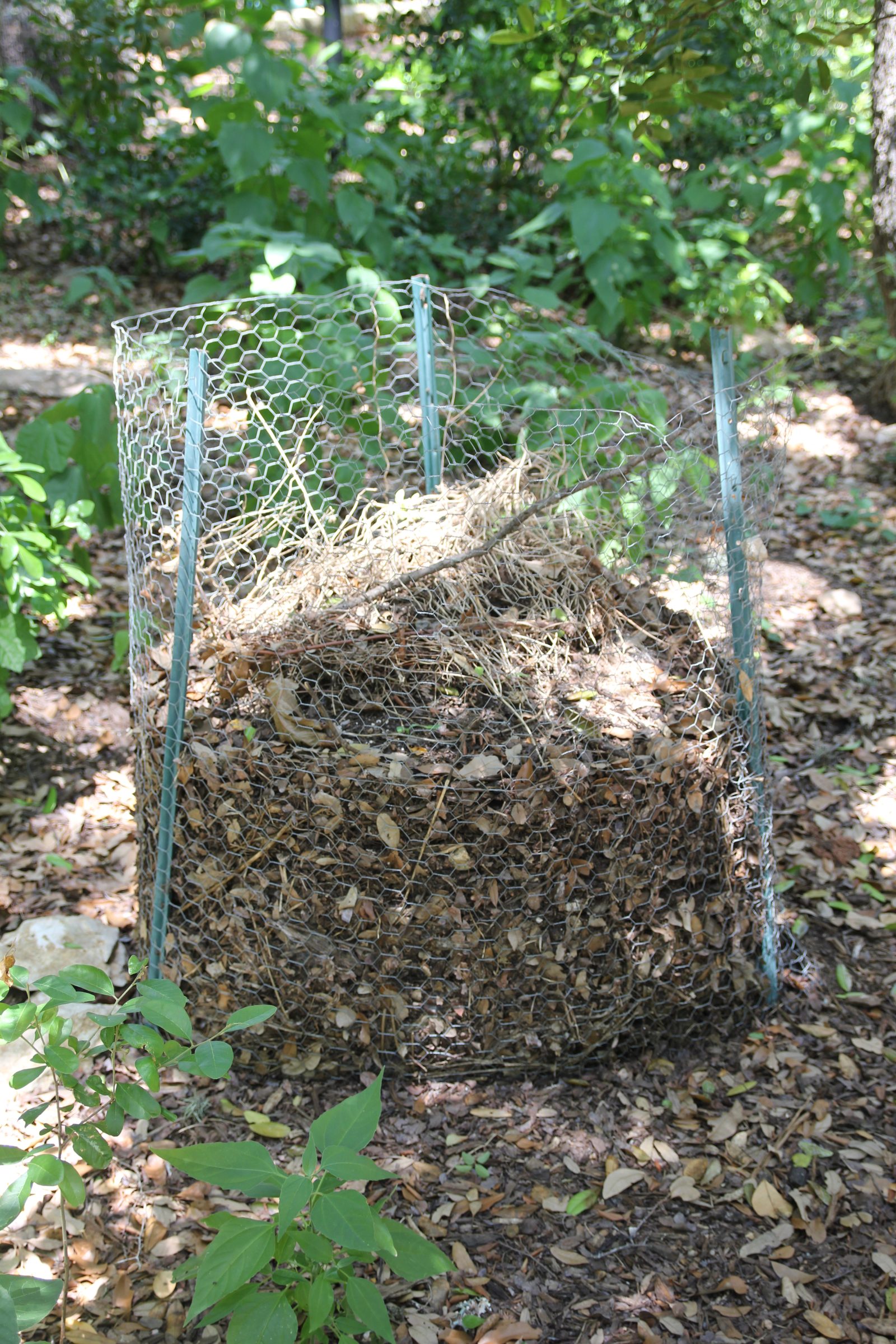
Overview
Home composting is an easy and inexpensive way to create a valuable soil amendment from yard and household waste. Composting means less waste going into the landfill and less need for chemical fertilizers.
While many people simply pile their compost in a heap, others may want to use a bin to contain their compost and speed up the composting process. Compost bins vary in size, use, and cost, whether you purchase a commercial product or build one yourself. This Do-It-Yourself Compost Bin series provides you with all you need to know to build your very own compost bin.
Wire Mesh Composter
Wire mesh composting bins are inexpensive and easy to assemble, and they hold a large volume of yard materials (figure 1). Use hardware cloth wire for a sturdy bin that holds its shape. This bin can be used as a holding or turning unit. To use it as a turning unit, undo the latches or ties, set the bin up next to the pile, and transfer the composting materials back into the empty bin. Stakes can be added for additional stability, but this will make it harder to move the bin and harvest the finished compost.
Cost: $
Capacity: Eight to ten 30-gallon bags of
yard materials
Degree of difficulty: ✪
Little or no building skills needed
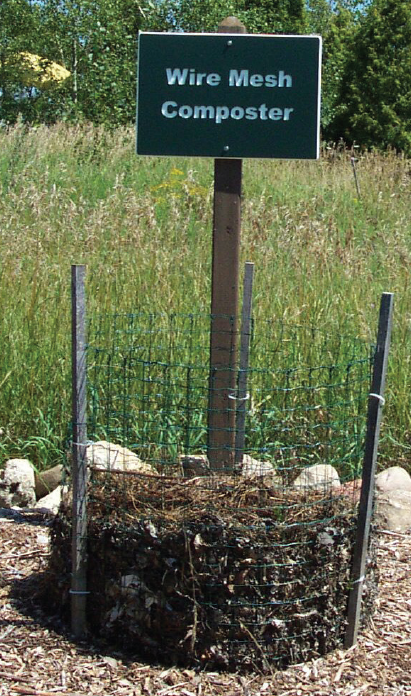
Construction Materials
- 36” wide ½” hardware cloth, 12½’
- Four metal or plastic clips or wire ties
- Three to four metal posts, 4’ (optional)
- Heavy-duty wire or tin snips
- Pliers
- Hammer
- Metal file
- Work gloves
- Level
Construction details
Roll out and cut 12½’ of hardware cloth. Snip the ends off of the hardware cloth close to a cross wire. Then file down the sharp edges to make it easy to clip together and avoid snagging hands. Bend the hardware cloth into a circle and overlap the ends of the fencing over each other. Attach clips or ties and set the bin in a level place.
Optional: Place metal stakes evenly around the inside edge of the bin and hammer them into place.
Conclusion
Now you are ready to set your bin out in your yard and begin composting! Learn more about making and using compost in the garden as you get started.
Authors: Joe Van Rossum, former Recycling Specialist and Director at the Solid & Hazardous Waste Education Center (SHWEC)
Rev: 2013
Item number: G4020-04
References
Composting to Reduce the Waste Stream (NRAES-43) Plants and Life Sciences Publishing (PALS), Cornell Cooperative Extension http://palspublishing.cals.cornell.edu/ nra_order.taf?_function=detail&pr_ booknum=nraes-43
Master Composter Resource Manual Cornell Waste Management Institute cwmi.css.cornell.edu/ mastercompostermanual.pdf

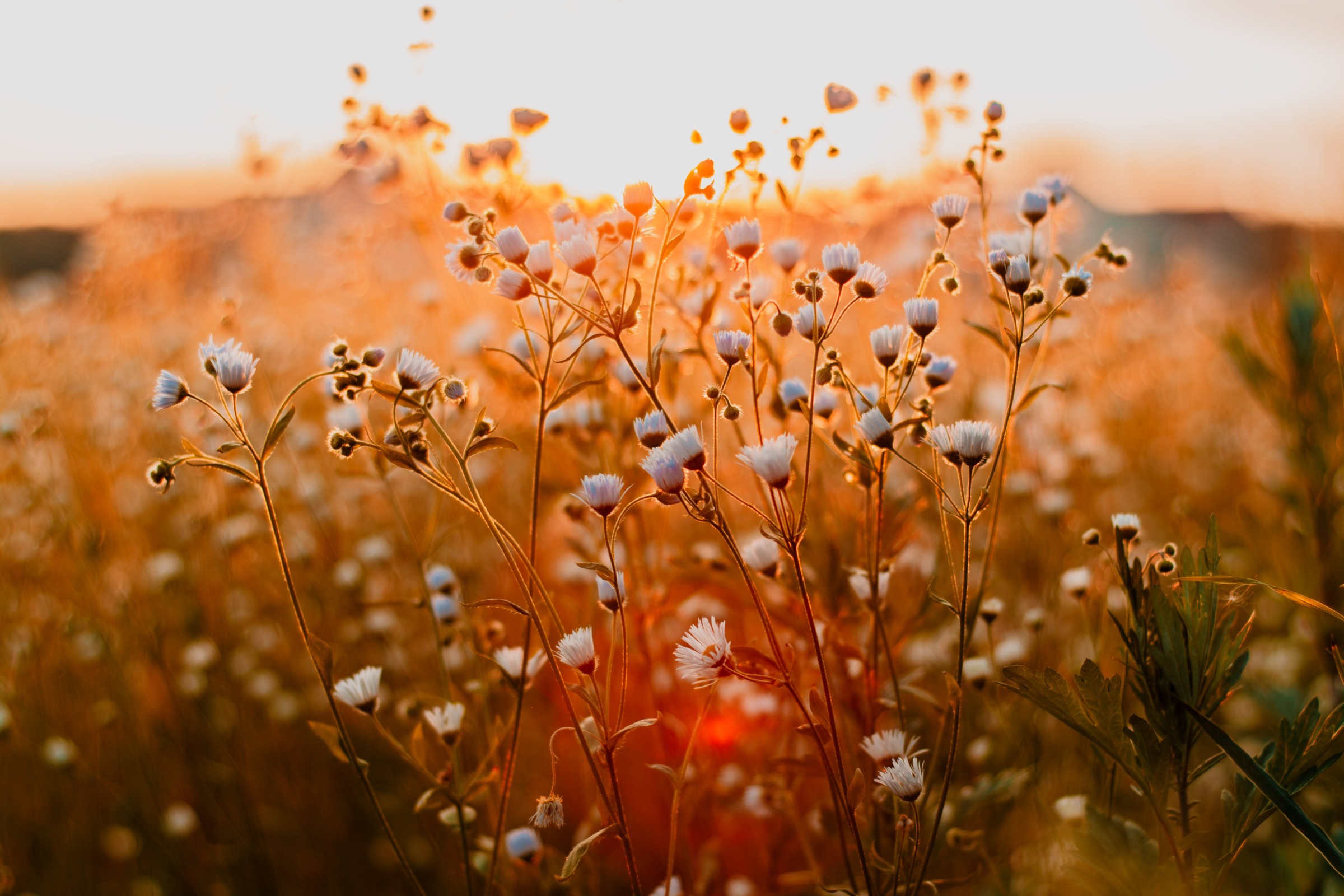
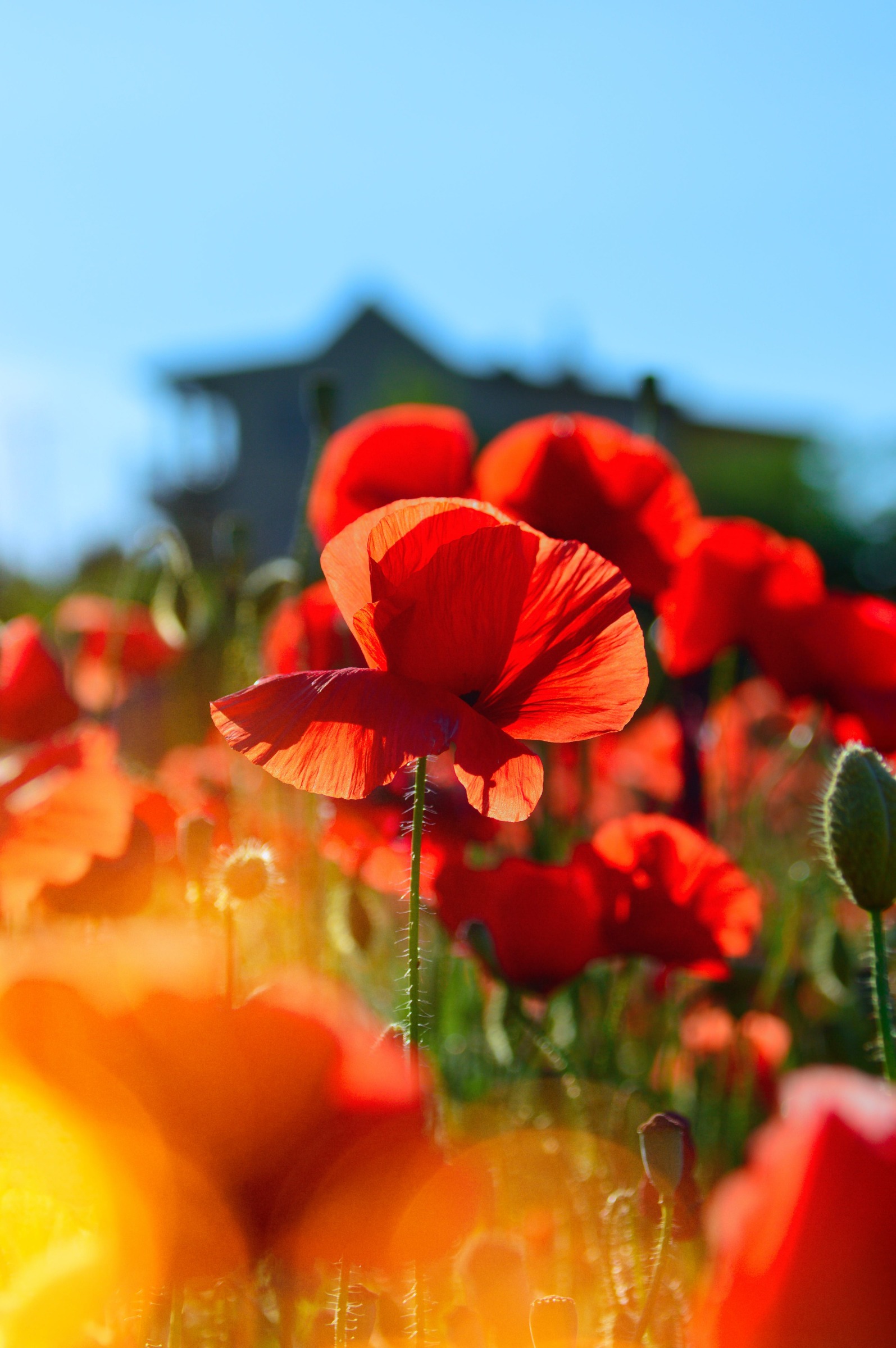
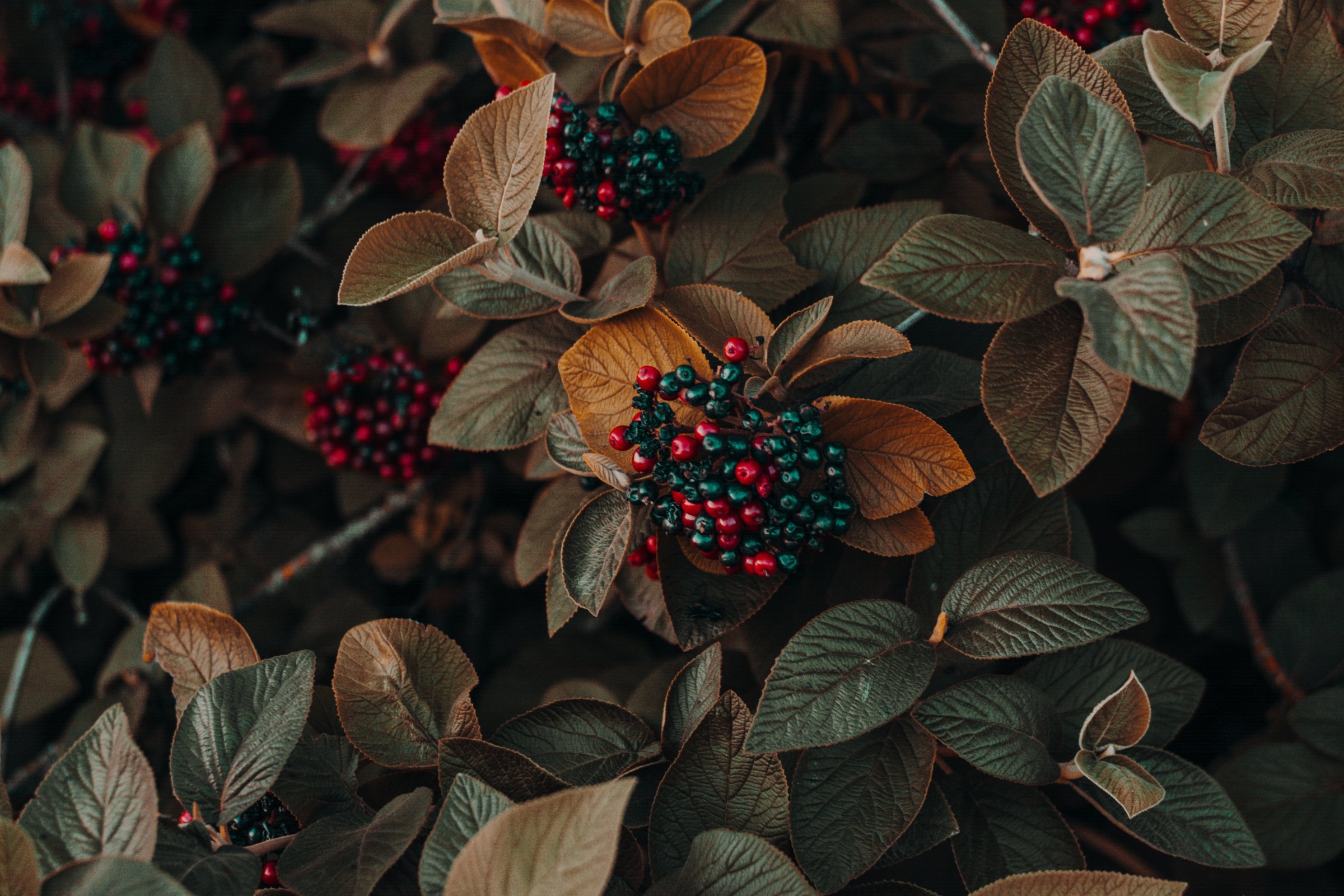

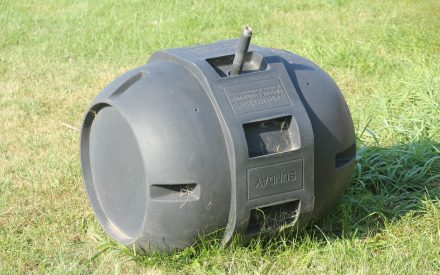 Barrel Composter: Do-It-Yourself Compost Bin Instructions
Barrel Composter: Do-It-Yourself Compost Bin Instructions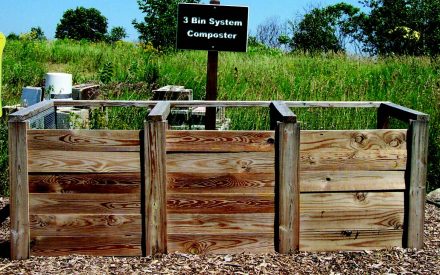 Wood 3-Bin Composter: Do-It-Yourself Compost Bin Instructions
Wood 3-Bin Composter: Do-It-Yourself Compost Bin Instructions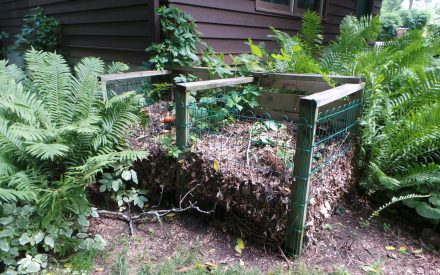 Wood & Wire Composter: Do-It-Yourself Compost Bin Instructions
Wood & Wire Composter: Do-It-Yourself Compost Bin Instructions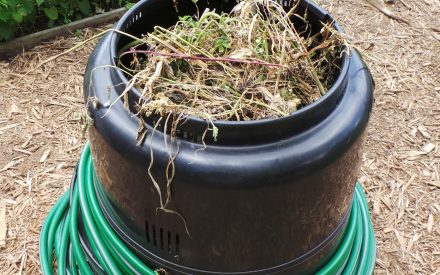 Can Composter: Do-It-Yourself Compost Bin Instructions
Can Composter: Do-It-Yourself Compost Bin Instructions


